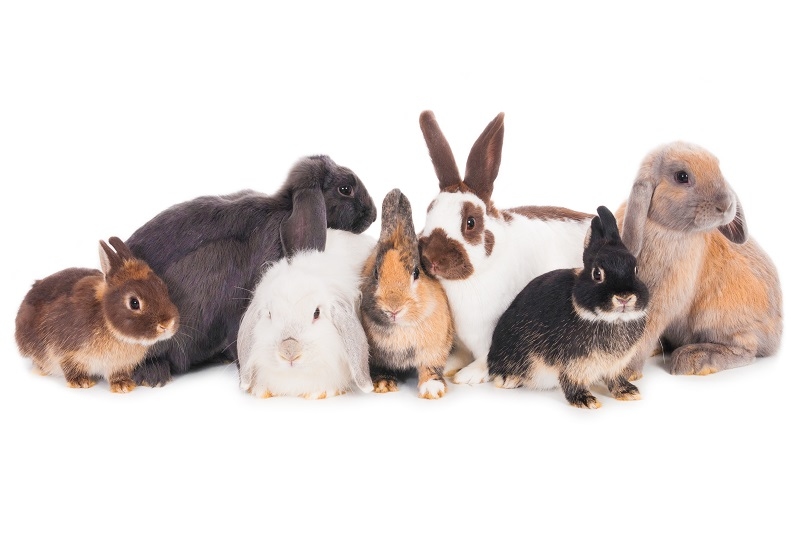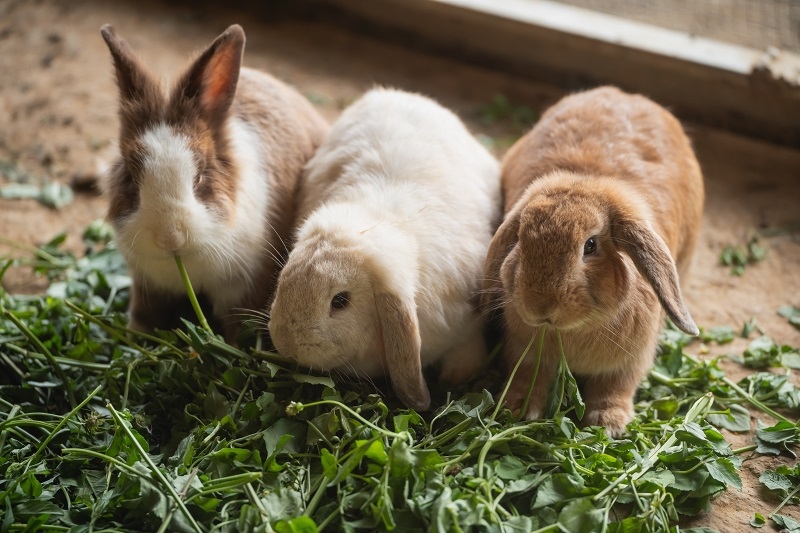
Welcoming a rabbit into your family is thrilling, yet finding the perfect one isn't always easy. With more than 50 known rabbit breeds, each with their own appearance, shapes, and personalities, picking wisely counts. Learning about the differences among rabbit breeds is the key to having your new pet seamlessly adapt to your lifestyle. From small rabbit breeds for apartments to large rabbit breeds for families, and even the best rabbit breeds for kids, let us get a closer look at why these animals are so unique, so that you can select the best one for your family.
Just like dogs and cats, rabbits aren’t “one size fits all.” Their breed influences not just appearance but also lifespan, grooming needs, personality, and how much space they require. Some breeds love being handled and are ideal for children, while others are more independent. Some thrive in spacious yards, while others do well in compact city apartments.
If you’re looking to adopt, understanding rabbit breed differences will help you:
If you reside in an apartment or bungalow home, you'll prefer a rabbit that doesn't take up as much room. Small rabbit apartment types are smaller in size, easy to care for, and weigh under 5 pounds. Be not deceived—most are high-energy!
These compact rabbit apartment breeds require no huge hutches or outdoor enclosures, but will still require a bit of exercise and fresh air time outside of their cages.
If you have lots of room and a family that likes to interact with animals, large rabbit breeds for use with families may be the answer. They can weigh 10-20 pounds and are less likely to be nervous and flighty like the smaller breeds.
Due to their size, family rabbit breeds require larger cages, more to eat, and solid housing. But their disposition makes them great pets.

When looking for the best rabbit breeds for kids, it's important to pick rabbits that are people-friendly, patient, and love human company. Not all rabbits are cuddly, and certain small breeds are too dainty for little kids.
When first exposing children to rabbits, ensure visits are always supervised. Rabbits are prey animals and will be startled by sudden movement. It is essential to teach children how to handle a rabbit safely and respect its space.
Temperament is one of the most significant rabbit breed differences. While all rabbits have their own unique personality, some breeds are more outgoing, laid-back, or aloof.
By examining rabbit temperaments, you can determine if you prefer a snuggle bunny lap rabbit, a play pal, or a pet who would rather observe from the sidelines.
Another aspect to consider when examining the disparity among breeds of rabbits is grooming. There are some breeds, such as the Rex or short-haired breed, which require almost no grooming. Others, particularly long-haired breed, require grooming on a daily basis.
Understanding rabbit grooming needs by breed helps ensure you’re prepared for the time commitment. Busy families may prefer low-maintenance breeds, while enthusiasts who enjoy grooming may opt for Angoras.
Comparing rabbit breed differences, look at three factors:
Rabbits live 8–12 years, so selecting the correct breed is a long-term relationship.
It's easy to find myths when searching for rabbit breed variations. Let's debunk a couple:
Families with children must consider the most suitable rabbit breeds for kids, keeping in mind friendly and tolerant temperaments. Always study rabbit temperament comparisons and rabbit grooming needs by breed before deciding. By doing it the right way and with the proper knowledge and preparation, your rabbit can be more than a pet, but a cherished family member for years to come.
This content was created by AI